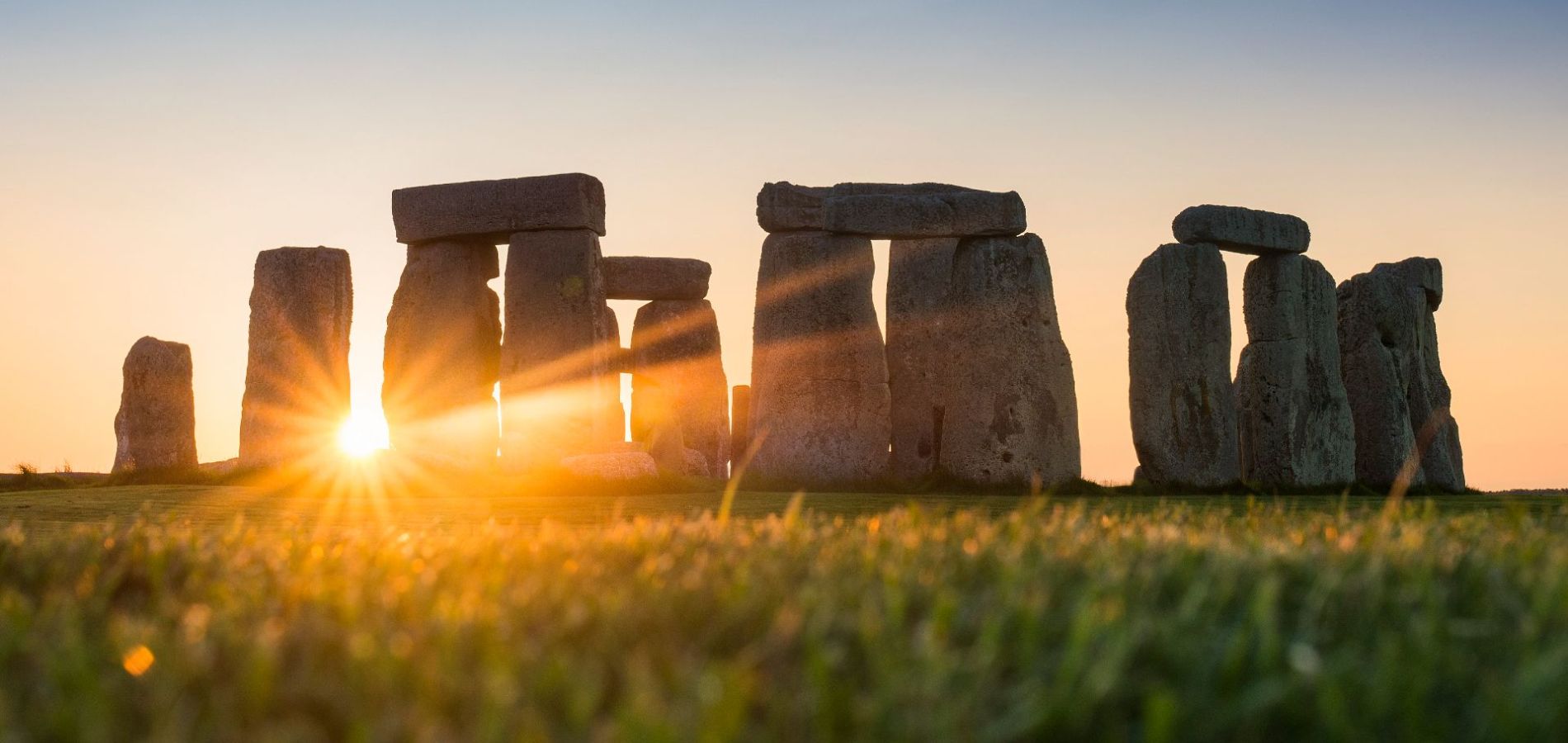Stonehenge and Bath Tour
From £99.00
Step back 5,000 years in time to pre-historic Britain at the world's most famous Neolithic monument and explore the resplendent Georgian city of Bath and its ancient Roman Baths.
Uncover the mystery behind Stonehenge
Travel through time with our fantastic Stonehenge Tours from London, where ancient mysteries and awe-inspiring landscapes await. Join us for a day of exploration and discovery as we take you on a scenic adventure to one of the world's most iconic and enigmatic landmarks.
Our professionally guided tours start from the heart of London, where you'll board a comfortable, air-conditioned coach for a picturesque drive through the English countryside. As you travel, our knowledgeable guides will share fascinating insights into the rich history and legends surrounding Stonehenge, providing context to this prehistoric wonder.
Combine your trip with a visit to Windsor, Oxford, or the beautiful Bath and its famous Roman ruins. Our special Inner Access Day Tour allows you to walk inside the stone circle. Or uncover the mysteries of Stonehenge at your own pace on a Private Chauffeured Tour. Evan Evans is the best-rated tour, and you can cancel your tour free of charge. Every tour coach comes equipped with free Wi-Fi, USB charging, comfortable seats, air conditioning, and one of our expert guides on board.
Why not choose from a selection of our most popular Stonehenge Tours?
Enjoy a unique opportunity to explore the Inner Circle at the ancient Neolithic site at Stonehenge.
View TourFrom £99.00
Step back 5,000 years in time to pre-historic Britain at the world's most famous Neolithic monument and explore the resplendent Georgian city of Bath and its ancient Roman Baths.
From £79.00
Visit the Queen's weekend retreat and the ancestral home of the British monarchy before heading off to uncover the mystery of Stonehenge and explore the historic university city of Oxford.
As experts in sightseeing and driven by service, we're passionate about creating memories which will last our guests a lifetime
This is our goal. We recognize our responsibility to ensure our impact on the planet we call home, the people we visit, and the wildlife we find there, is a positive one. We take steps to address our impact in two ways; through our sustainability strategy, How We Tread Right, and through our TreadRight Foundation.




